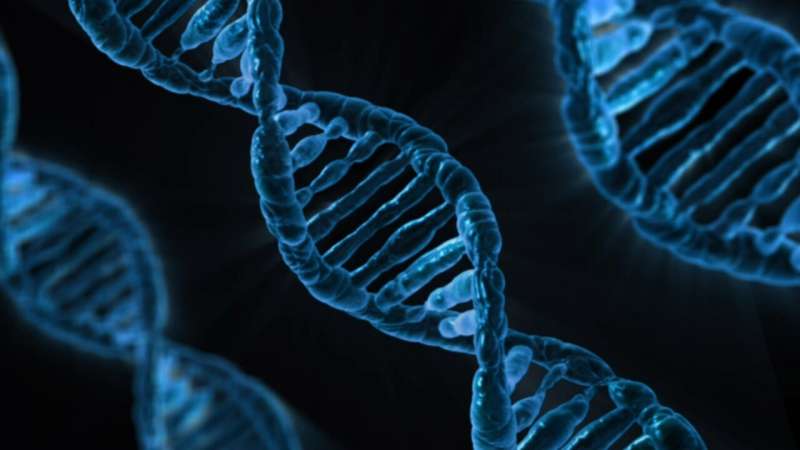Research Uncovers 'Switch-Like' Gene Behavior Linked to Human Disease

A groundbreaking study reveals that nearly 500 human genes switch between active and inactive states, influencing health and disease, driven by hormones and genetics.
Recent research from the University at Buffalo has revealed that a significant number of human genes, approximately 500 out of the roughly 20,000, exhibit 'switch-like' expression patterns—being either fully active or completely inactive. This discovery challenges the traditional view of gene expression as a gradual process, akin to adjusting a dimmer switch, and instead suggests that many genes function like a simple on/off switch.
The study analyzed gene activity across over 900 individuals and 27 different tissue types, making it the first comprehensive investigation into such binary gene expression across multiple tissues. The findings indicate that these switch-like genes are primarily regulated by hormones, genetic variation, and epigenetic markers.
Understanding these mechanisms provides new insights into human diversity and disease. Some of these switch-like genes have been linked to conditions such as infertility, COVID-19 immune response issues, and vaginal atrophy in postmenopausal women. The researchers propose that these genes could serve as valuable targets for diagnosis and treatment of various diseases.
Interestingly, the initial goal of the project was to analyze organ correlations via network analysis, but the unexpected identification of these bimodal genes shifted the research focus. The team used sophisticated mathematical models to identify bimodal distributions—where gene activity peaks at two levels—highlighting how a gene might be 'on' or 'off' rather than expressing at intermediate levels.
The study also suggests that tissue-specific switching is largely driven by hormones, while universal toggling might be primarily influenced by individual DNA variants. This dual regulation underscores the complex interplay of genetic and hormonal factors in gene expression.
Published in Nature, this research opens new avenues for understanding gene regulation's role in health and disease, offering potential for innovative approaches in diagnostics and therapeutics.
Stay Updated with Mia's Feed
Get the latest health & wellness insights delivered straight to your inbox.
Related Articles
Artificial Intelligence Enhances Detection of Hidden Belly Fat Using Bone Scans
Innovative AI algorithm can estimate visceral fat levels from routine bone scans, offering a cost-effective way to assess obesity-related health risks without additional imaging.
Scientists Question the Safety of a Promising New Anticancer Drug
Recent scientific findings challenge the safety and purity of a promising gold-based anticancer treatment, emphasizing the need for further safety evaluations due to the complex mixture of compounds produced during synthesis.
Exoskeleton Technology Empowers Patients Across All Ages and Genders to Reclaim Independence
Innovative exoskeletons tailored through advanced CAD modeling and 3D printing are enabling patients of all ages and genders to regain hand mobility and independence during rehabilitation.
Genetics Influence Sleep Adaptability in Shift Work and Seasonal Changes
Research shows that genetic variations, particularly in the SLC20A2 gene, influence how well individuals adapt to shift work and seasonal light changes, impacting sleep and mood.



